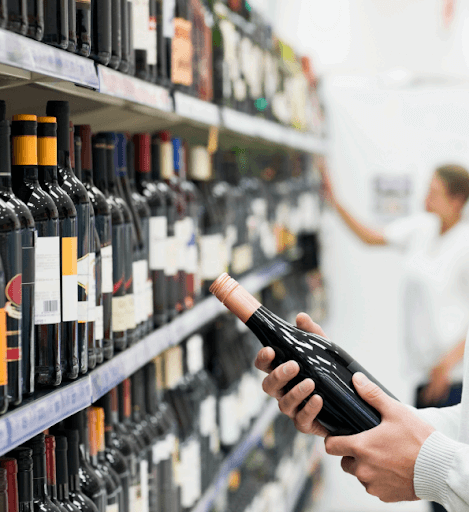The following example assumes production of a standard bottle of vodka (750ml and 40% ABV). What is listed is simply an example and each component will vary considerably based upon the individual product and business model. A discussion of each line item follows with expected ranges, where applicable, for new products.
Alcohol beverages are one of the most heavily regulated consumer categories in the United States. This strict regulation serves three purposes: first, to verify that what is being offered to consumers is what the producer said they produced (i.e. product “authentication”); second, to ensure that products are safe for consumers; and third, to generate revenue through taxation…
As background, upon the repeal of the 18th Amendment (“Prohibition” 1920 – 1933) the Federal Government established two principles that would uniquely shape the U.S. alcohol market. First, alcohol sales would go through a three-tier supply chain consisting of suppliers, wholesalers and retailers; generally, a company’s activities in the alcohol industry would be limited to only one of these three possible roles. Second, states would self-regulate the movement of alcohol beverages within their boundaries (that is, its distribution and sale).
Bill backs are one of the most misunderstood aspects of the alcohol beverage industry by suppliers. In part, this is because the term “bill back” refers to the wholesaler’s process of invoicing a supplier for a charge, which can range from free goods, to returns to marketing expenses. What suppliers often overlook is how these charges affect their internal cash flow and their relationship with the wholesaler.



